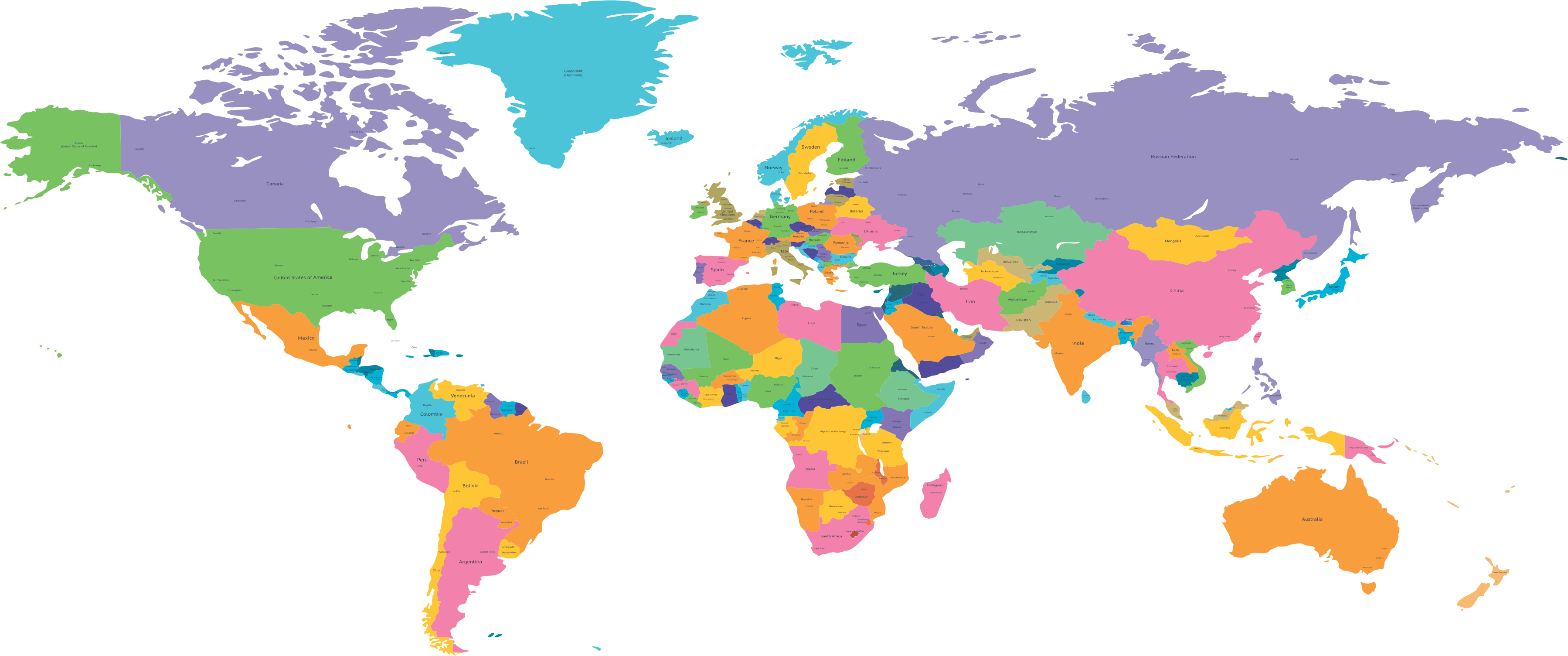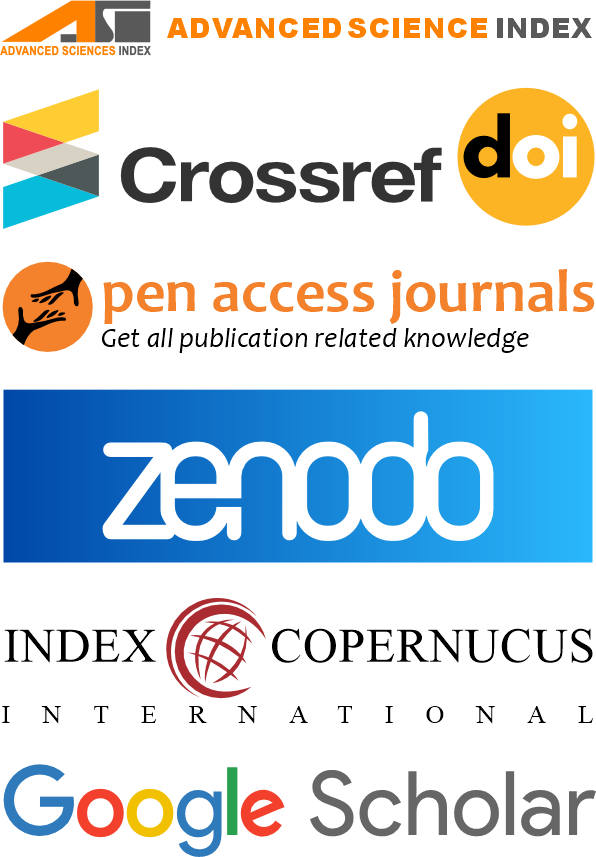Use of Motivation for Improving ESL Learners Reading Comprehension Skills in Punjab
DOI:
https://doi.org/10.55737/rl.2025.41087Keywords:
Motivation, Reading Comprehension Skills, Motivational Strategies, Punjab, English Language Acquisition, StudentsAbstract
This study was designed to find out the use of motivation in improving ESL learners’ reading comprehension skills in the District Attock, Punjab. A cross-sectional survey was used for collecting data from 300 secondary level students (comprising 120 males and 180 females) selected randomly. A self-developed questionnaire based on five-point Likert scale was designed for the data collection. Three experts validated the said questionnaire. The reliability was measures using Cronbach’s Alpha. As the alpha value was 0.765, the instrument was considered reliable. The data were collected personally by the researchers. The data were analysed using Statistical Package for Social Sciences (SPSS) software. Frequency, percentage and mean scores were used to analyse the results. This study leads to the finding that the students were using various motivational techniques to improve their reading comprehension skills. It is concluded that developing motivation is crucial for enhancing reading comprehension skills among ESL learners in Punjab. The study recommends that the teachers may utilize games and fun activities in the classroom for improving reading techniques of ESL students.
References
Ahmadi, A. & Pourhosein, G. (2012). Reading Comprehension: A Review of Theories and Studies. Theory and Practice in Language Studies, 2(9), 1748-1753.
Ahmed, S. T. S. (2019). Chat and learn: Effectiveness of using Whatsapp as a pedagogical tool to enhance EFL learners reading and writing skills. International Journal of English Language and Literature Studies, 8(2), 61-68. http://dx.doi.org/10.18488/journal.23.2019.82.61.68
Ali, M. H. (2023). The Cultural Heritage of Punjab and the Punjabi Lang... Livexp.com. https://livexp.com/blog/the-cultural-heritage-of-punjab
Baker, L. & Wigfield, A. (1999). Dimensions of children’s motivation for reading and their relations to reading activity and reading achievement. Reading Research Quarterly, 34(4), 452-477. https://doi.org/10.1598/RRQ.34.4.4
Dörnyei, Z. (2001). Teaching and researching motivation. Pearson Education Limited. https://doi.org/10.4324/9781351006743
Ehsan, T., & Sultana, N. (2020). Predicting the role of study habits in academic achievement: A study of university students in Punjab. Pak. J. Educ., 37, 95–112. http://dx.doi.org/10.30971/pje.v37i1.1410
Farooq, M. S., Uzair-Ul-Hassan, M., & Wahid, S. (2012). Opinion of second language learners about writing difficulties in English language: A study from Pakistan. A Research Journal of South Asian Studies, 27(1), 183-194.
Gambrell, L. B. (1996). Creating classroom cultures that foster reading motivation. The Reading Teacher, 50(1), 14-25.
Gulzar, M. A., & Qadir, S. A. (2010). Issues of language (s) choice and use: a Pakistani perspective. Pakistan Journal of Social Sciences (PJSS), 30(2).
Guthrie, J. T., & Humenick, N. M. (2004). Motivating Students to Read: Evidence for Classroom Practices that Increase Reading Motivation and Achievement. In P. McCardle & V. Chhabra (Eds.), The voice of evidence in reading research (pp. 329–354). Paul H. Brookes Publishing Co..
Safaie, S. (2020). The effects of explicit and implicit teaching of connectors on the reading comprehension performance of Iranian EFL learners. Cogent Education, 7(1), 1777806. https://doi.org/10.1080/2331186x.2020.1777806
Ryan, R. M. & Deci, E. L. (2000). Intrinsic and extrinsic motivations: Classic definitions and new directions. Contemporary Educational Psychology, 25(1), 54-67. https://doi.org/10.1006/ceps.1999.1020
Malik, I. H., Ahsan, U., & Sarwar, T. (2025). Barriers of English as Medium of Instruction at Secondary Level in Public Sector Institutions of Gujrat. The Regional Tribune, 4(1), 216-225. https://doi.org/10.63062/trt/WR25.074




